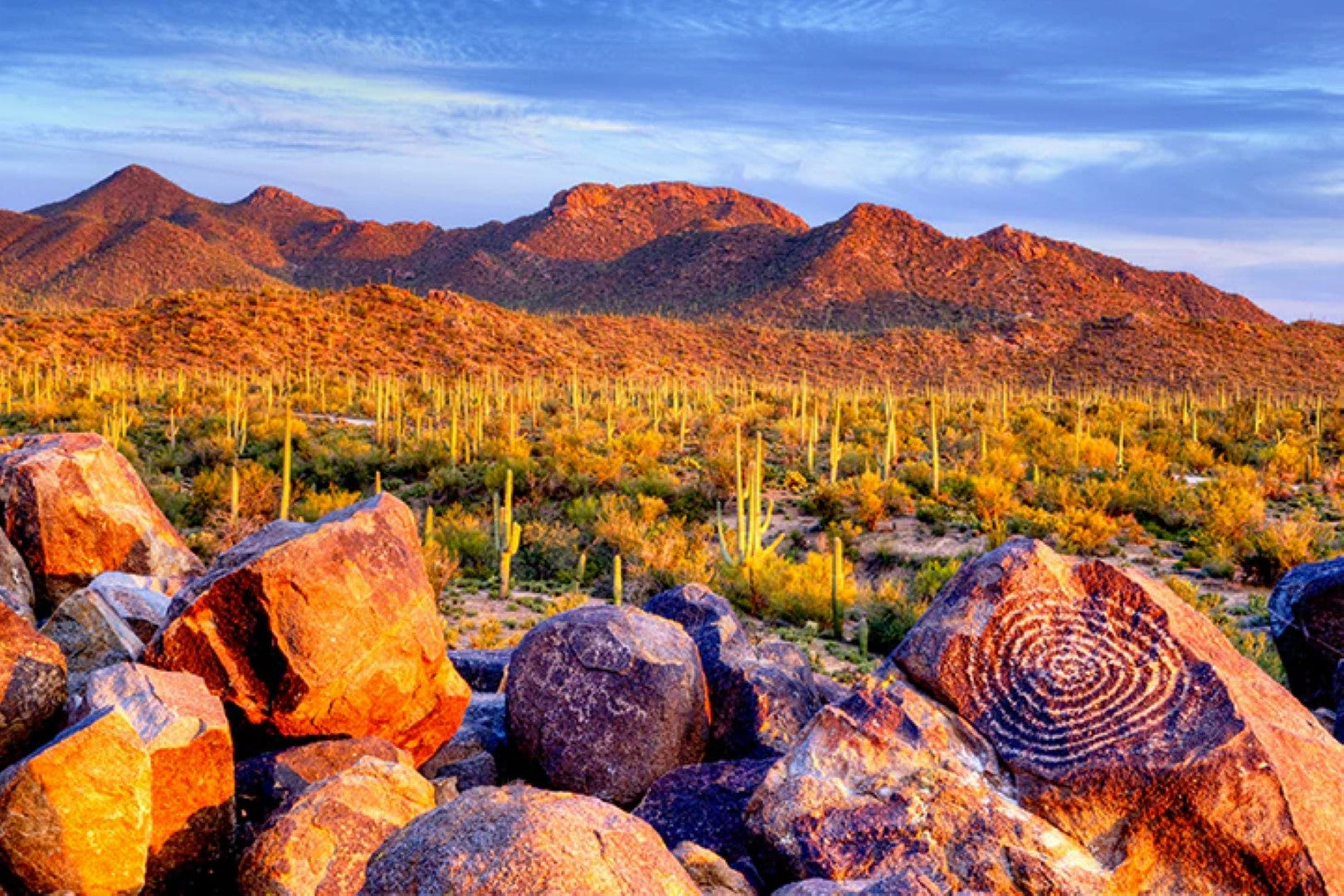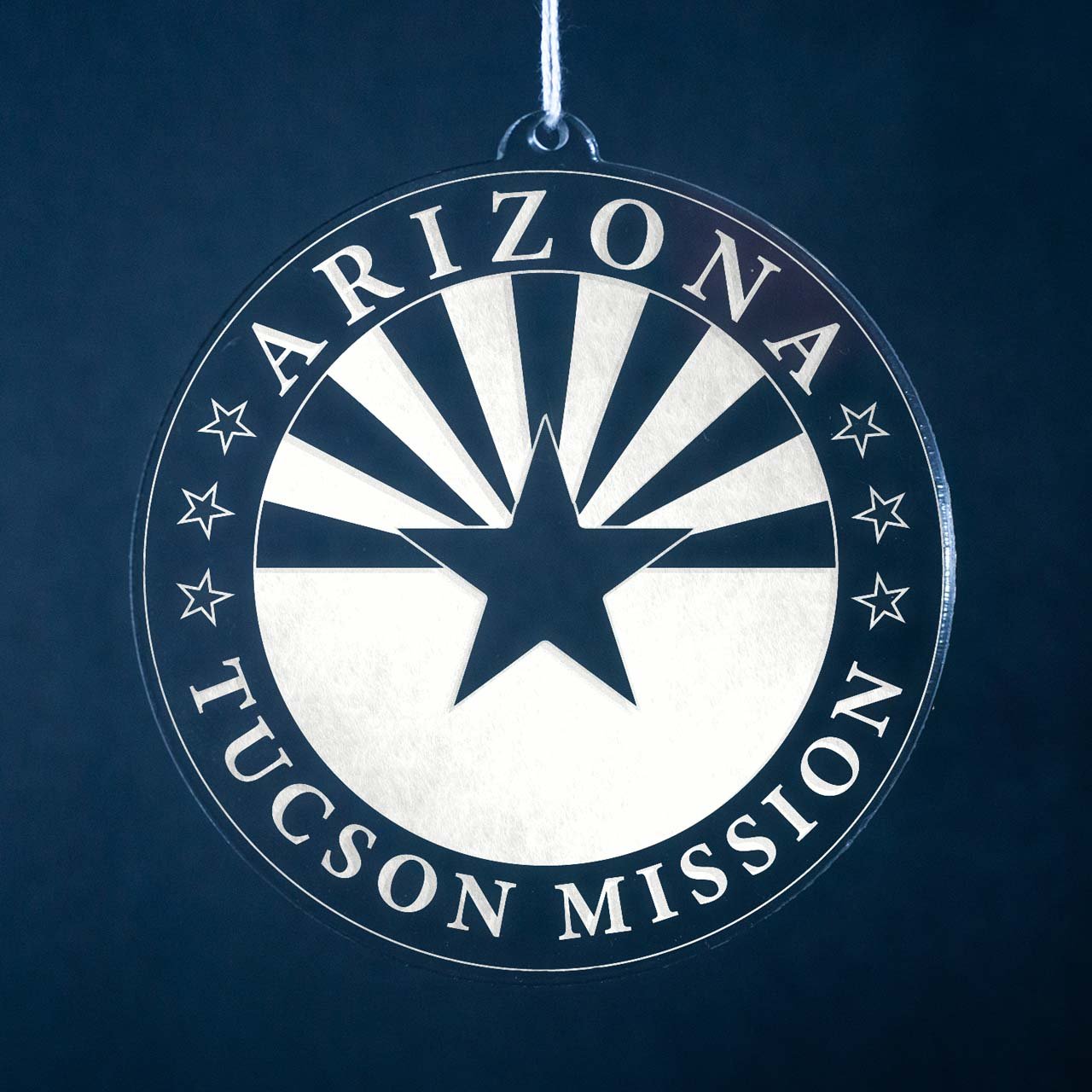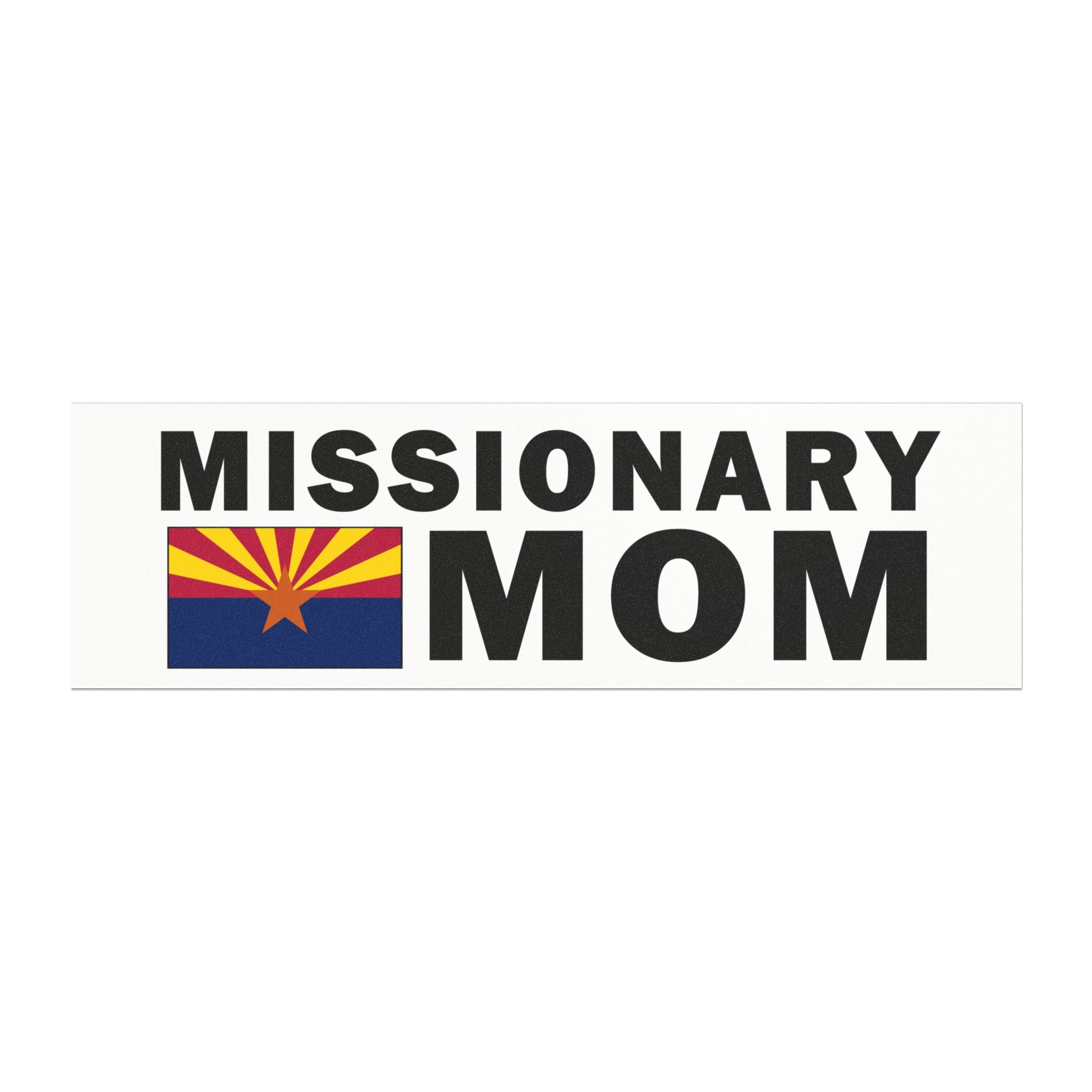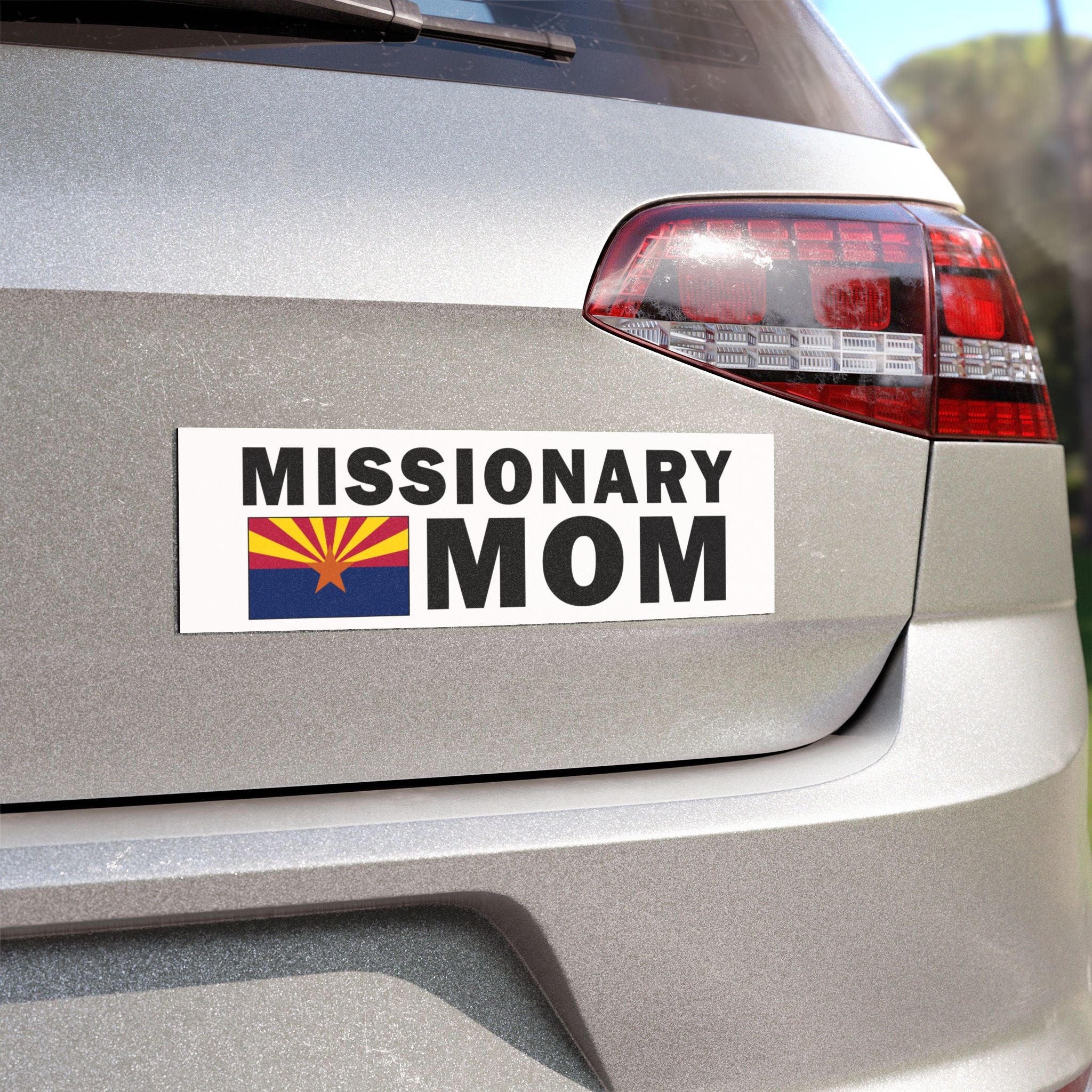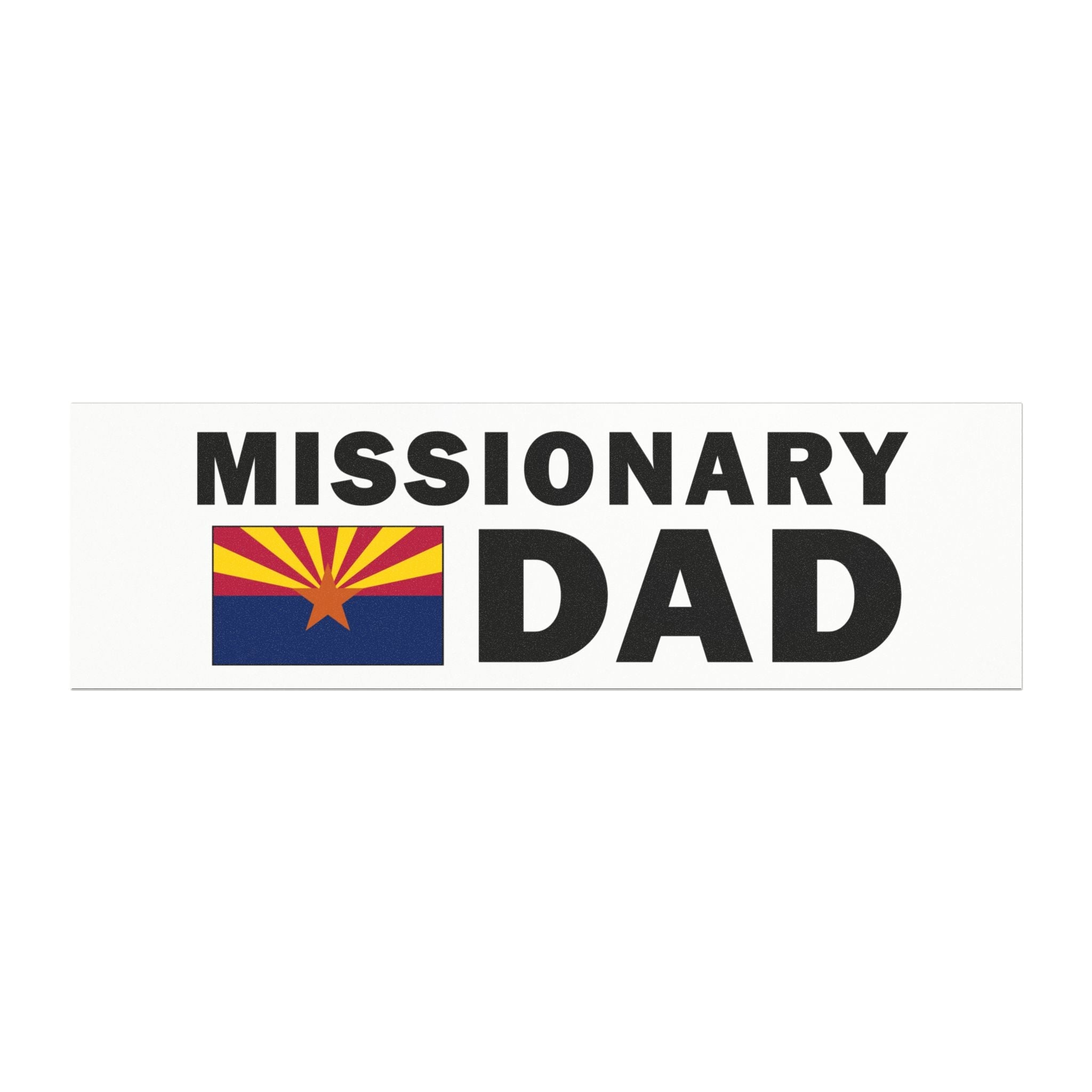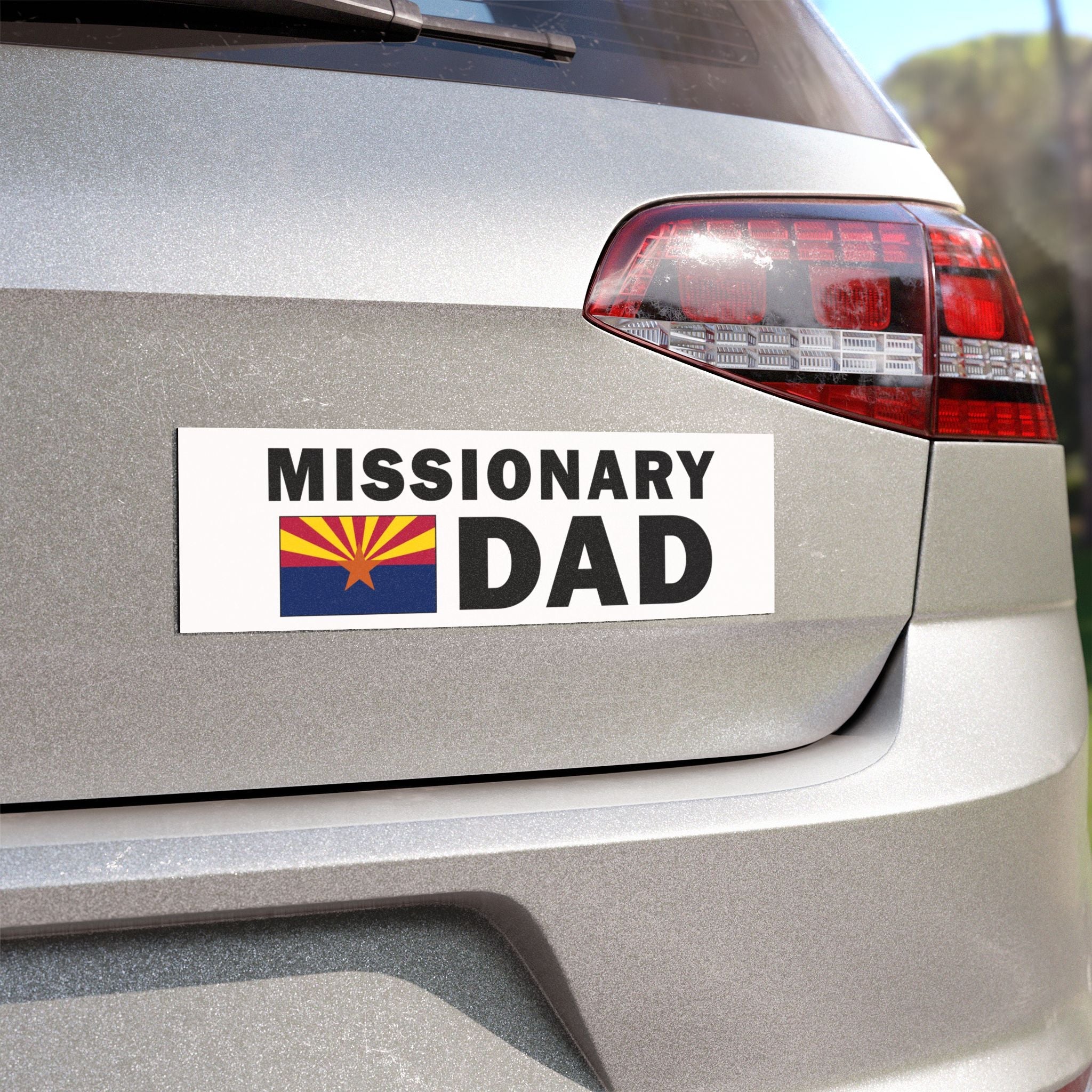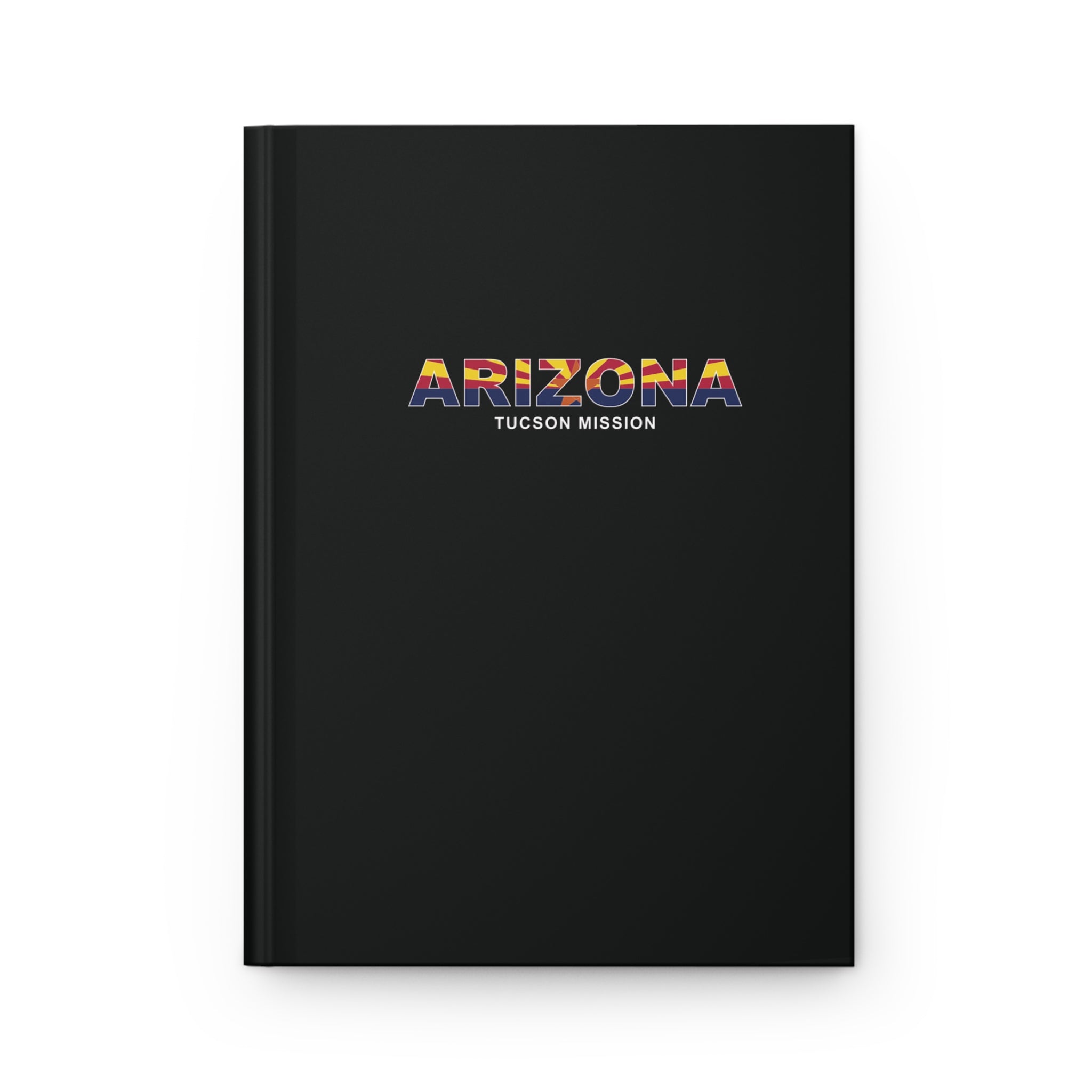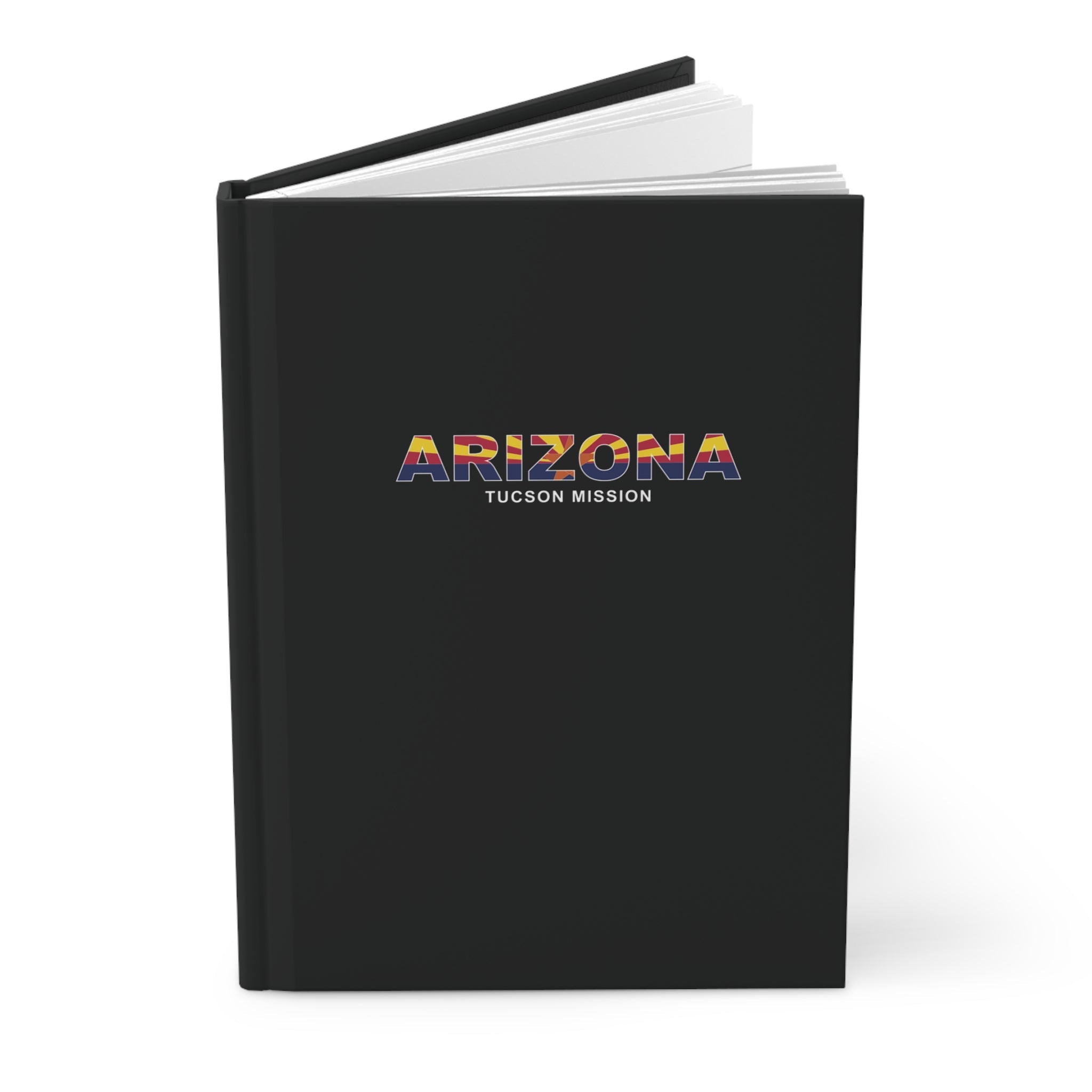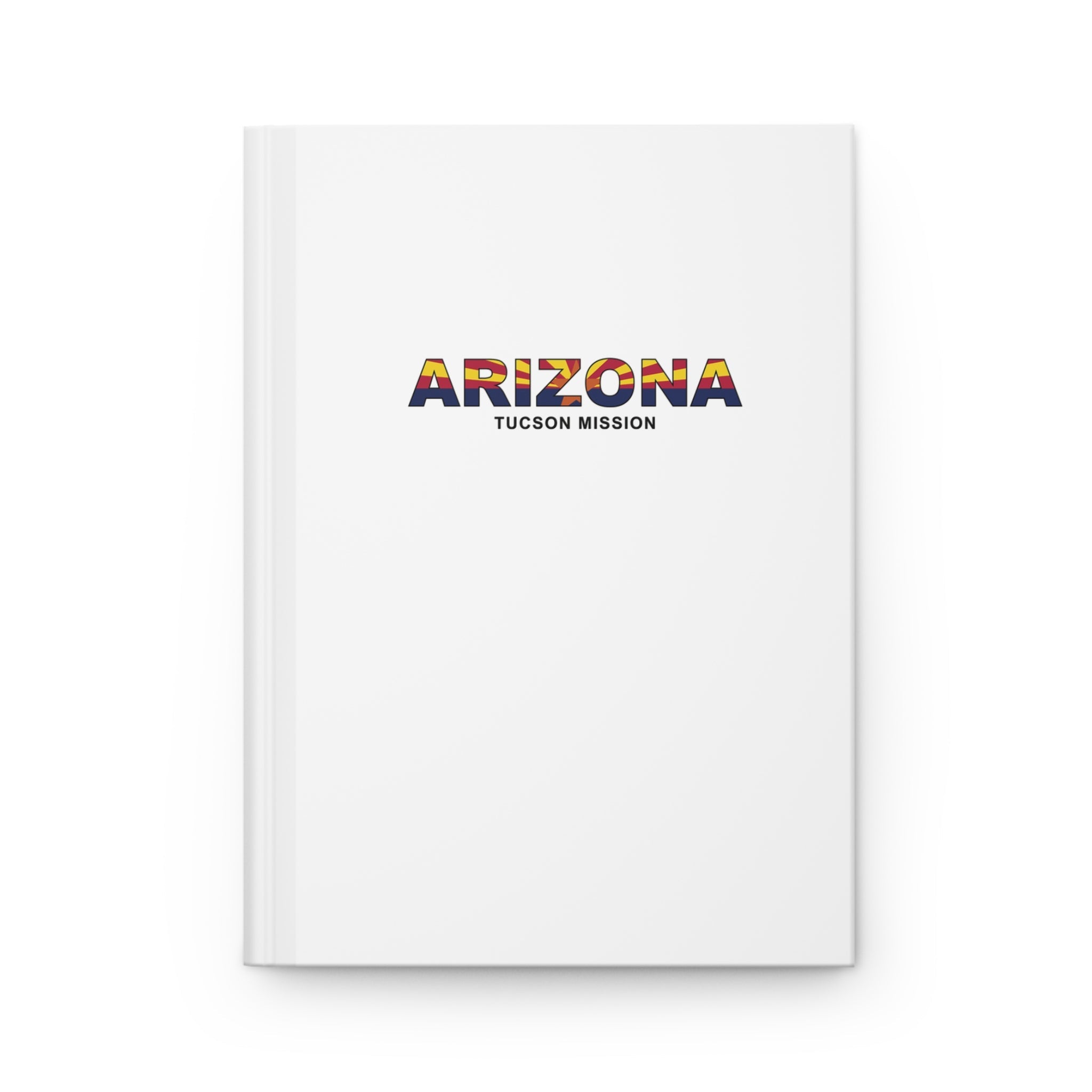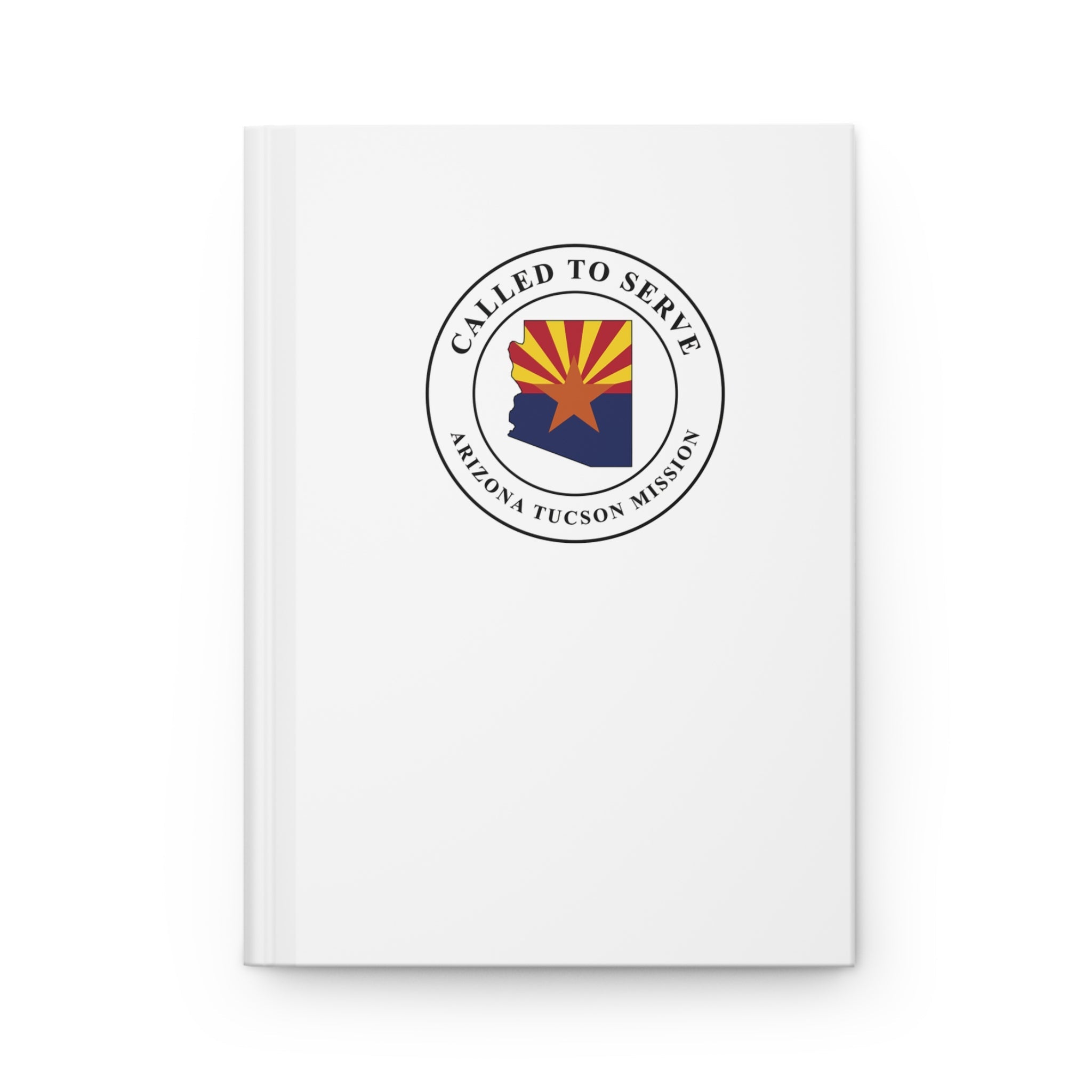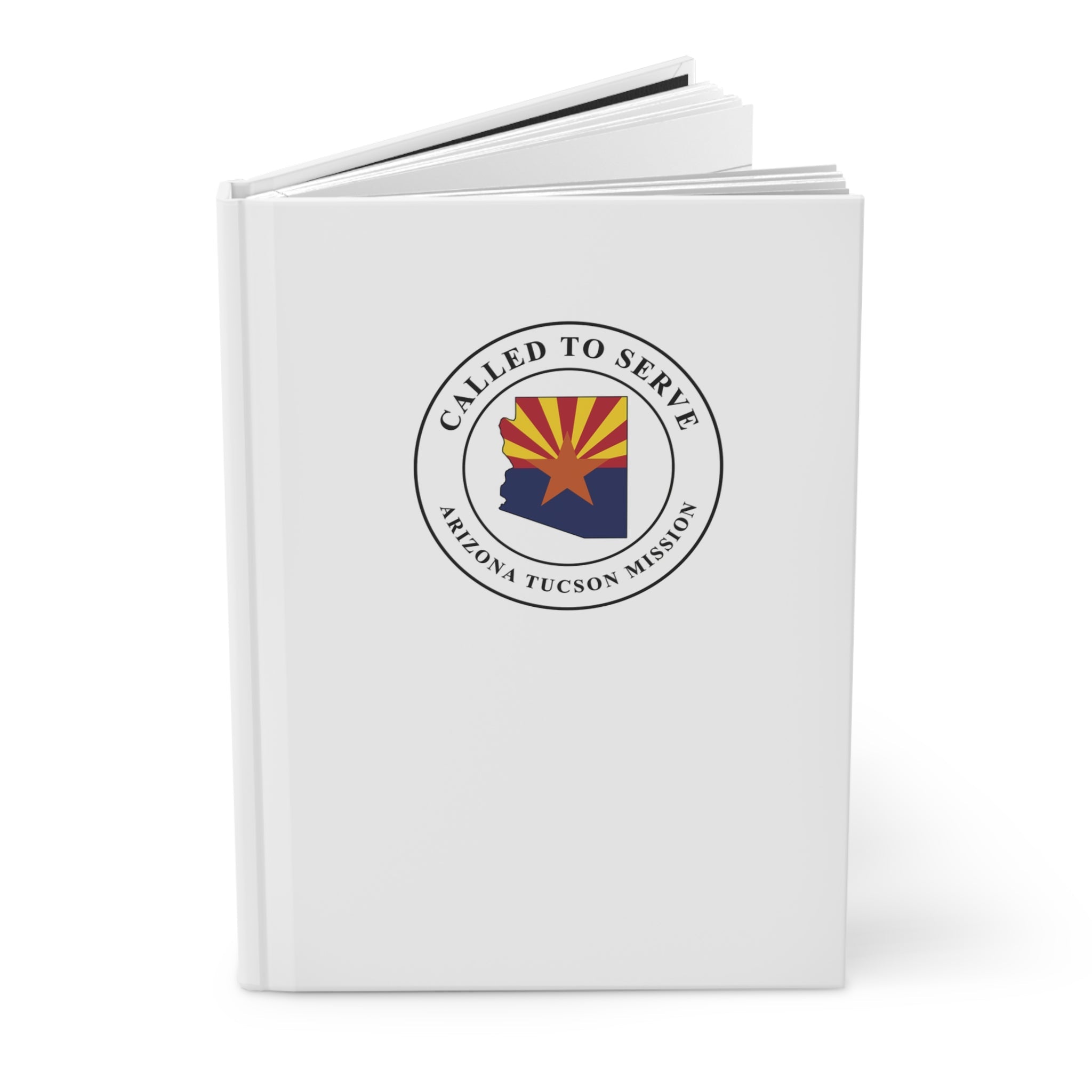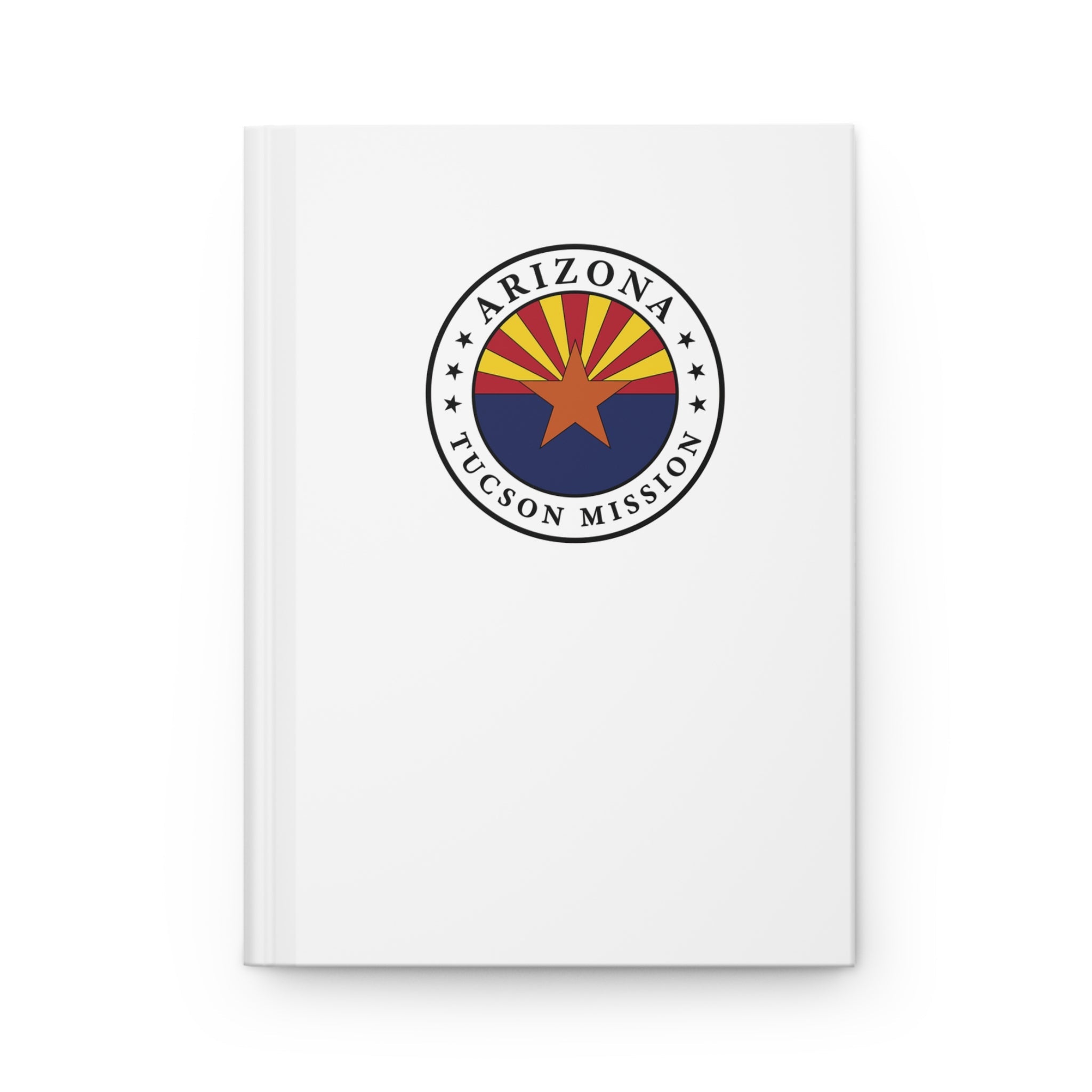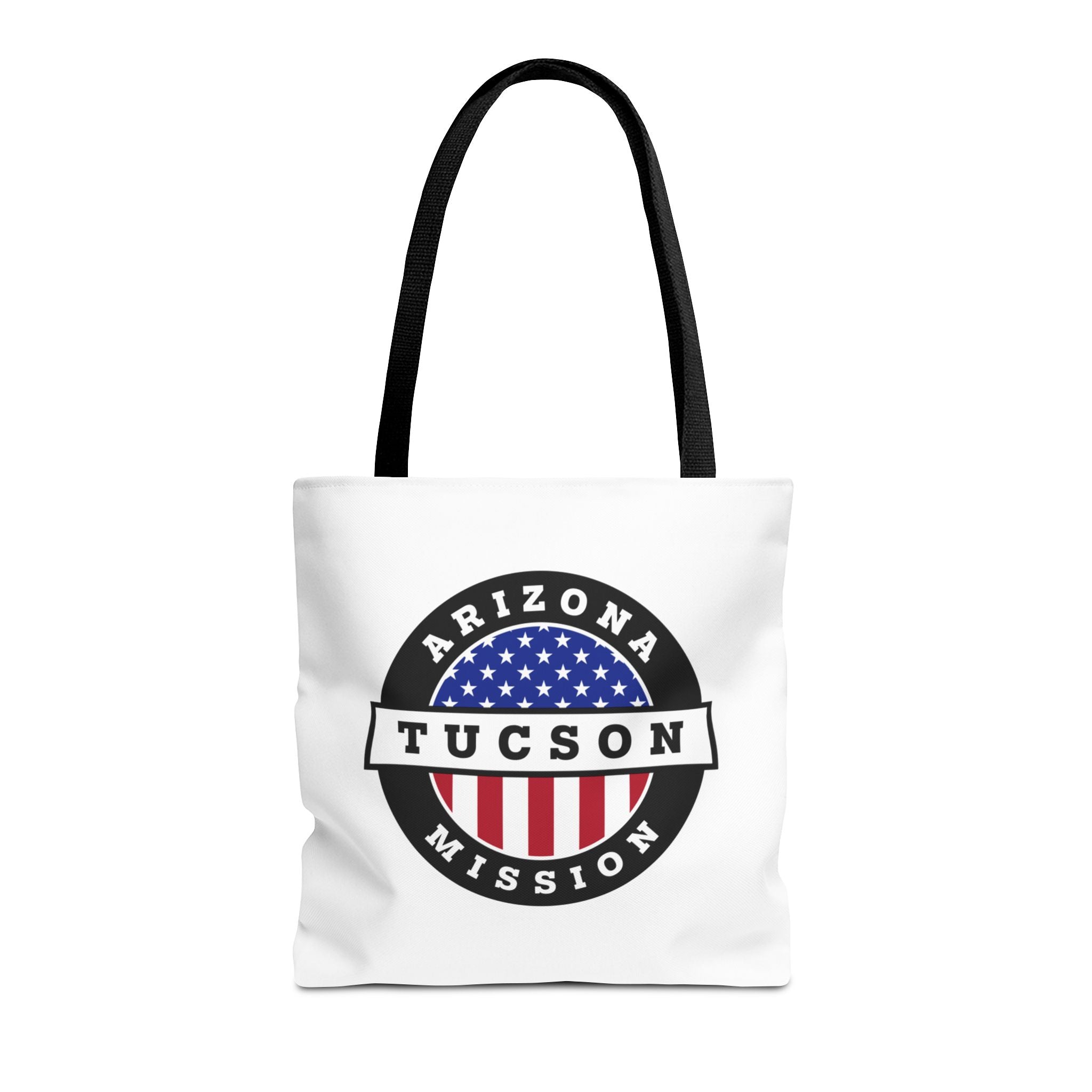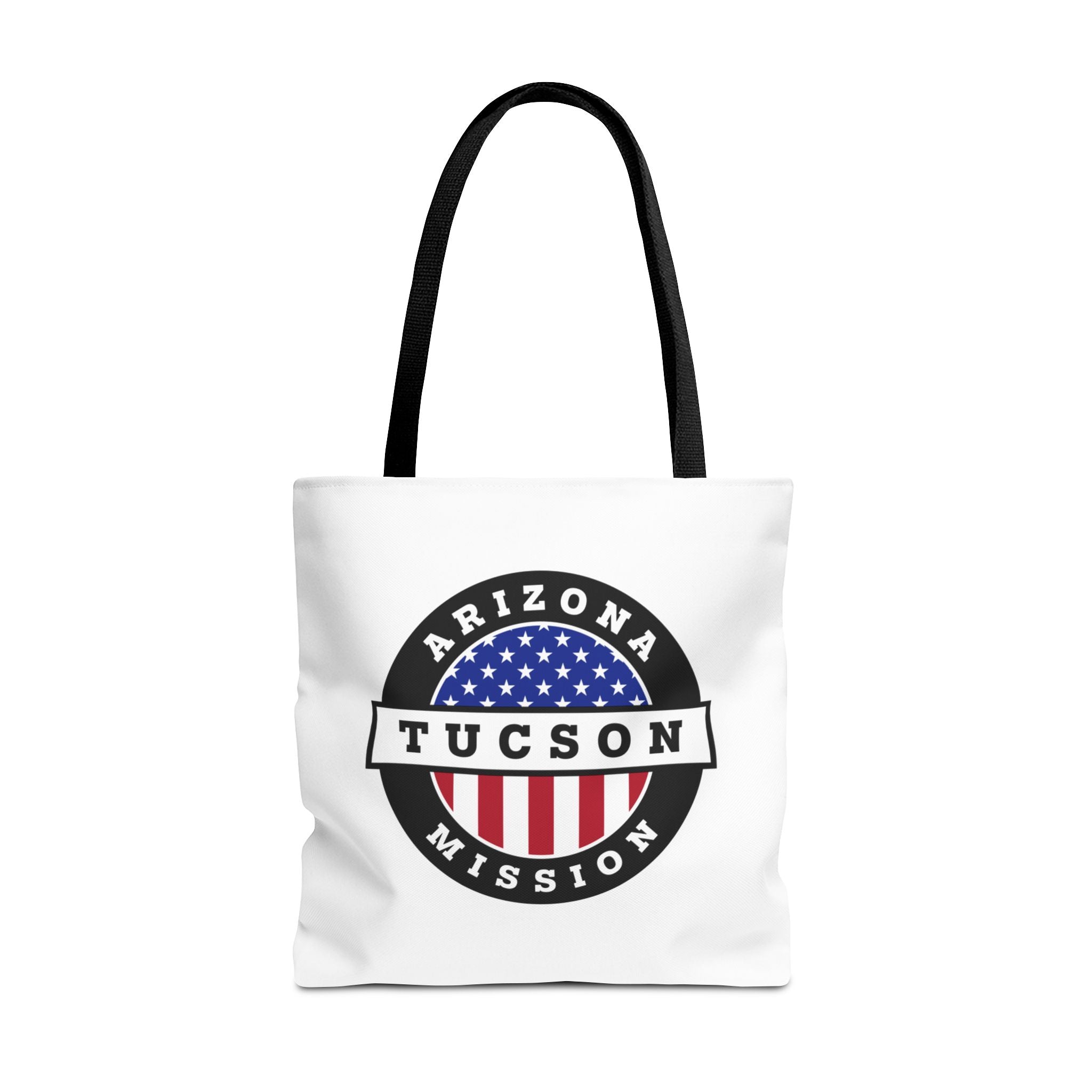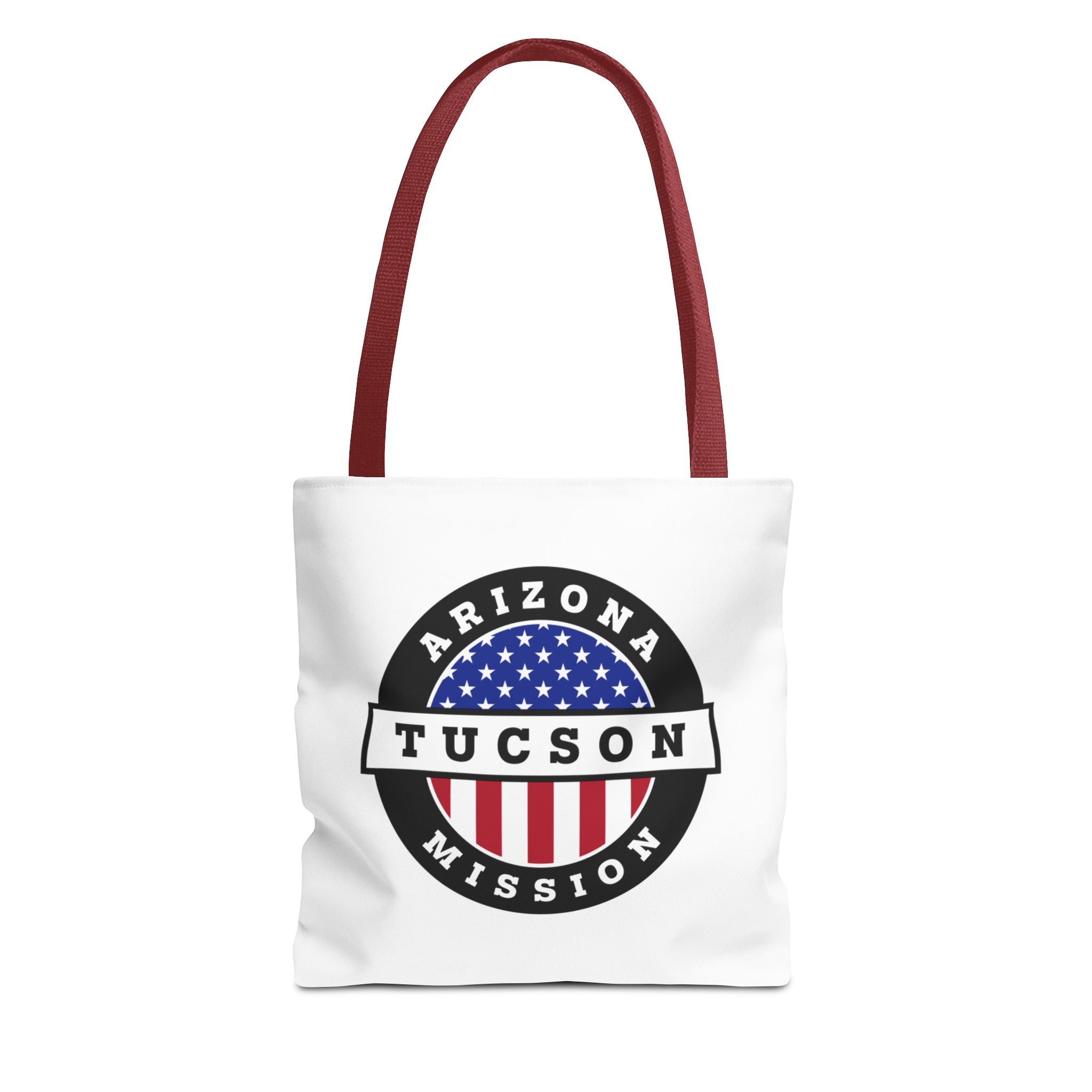Beginning in the 1850s, Latter-day Saints occasionally traveled from the Utah Territory to preach the restored gospel and to explore the possibility of permanent settlements in Arizona. Beginning in 1854, Jacob Hamblin, called to preside over missionary efforts to the Indigenous peoples in the area, made frequent trips to Arizona. In 1876, Latter-day Saint settlers began building forts and establishing a series of communities along the Little Colorado River Valley in northeastern Arizona. Additional Latter-day Saint communities were soon established near St. Johns and in the Gila River, Salt River, and San Pedro valleys. In 1877, Daniel Webster Jones and Henry Clay Rogers established Fort Utah in the Salt River Valley. Over the next two years, with the help of wagon companies arriving from Utah and Idaho, Fort Utah grew into a well-established farming community. Eventually renamed Mesa, this settlement became the center of the first stake in Arizona, the Maricopa Stake. The Mesa Arizona Temple, the first in Arizona, was dedicated on October 23, 1927. There are now five temples in Arizona.
The Saints of Arizona have made significant contributions both to the Church and to their local communities throughout their history. In 1973, Spencer W. Kimball, a native of Thatcher, Arizona, became the Church’s 12th President. In recent years, Latter-day Saints have joined a coalition of more than 40 churches to help migrant refugees and asylum seekers and assisted in providing clean water to the Navajo Nation. With support from Saints in Arizona, Latter-day Saint Charities has made significant donations to charitable organizations throughout the state and nation.
